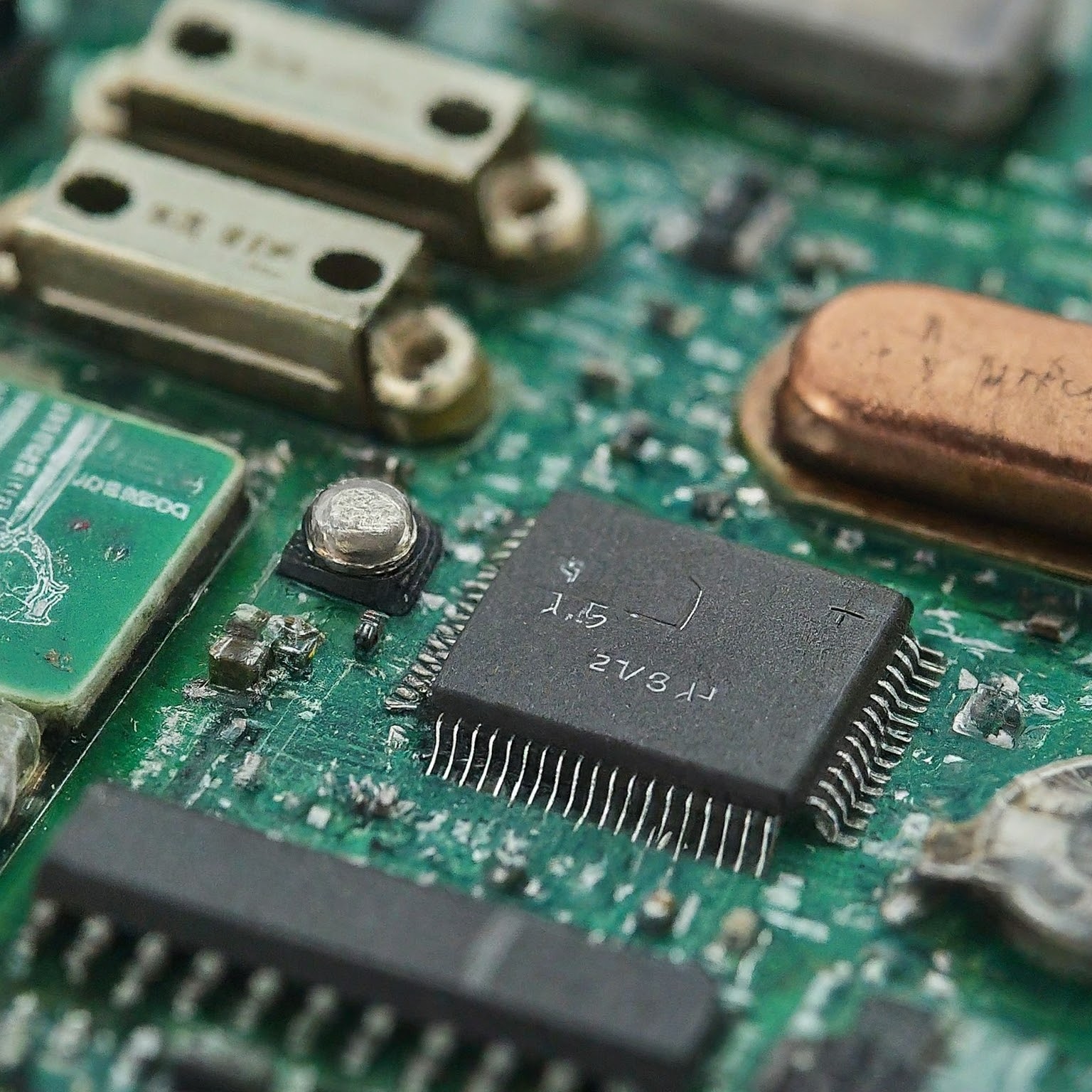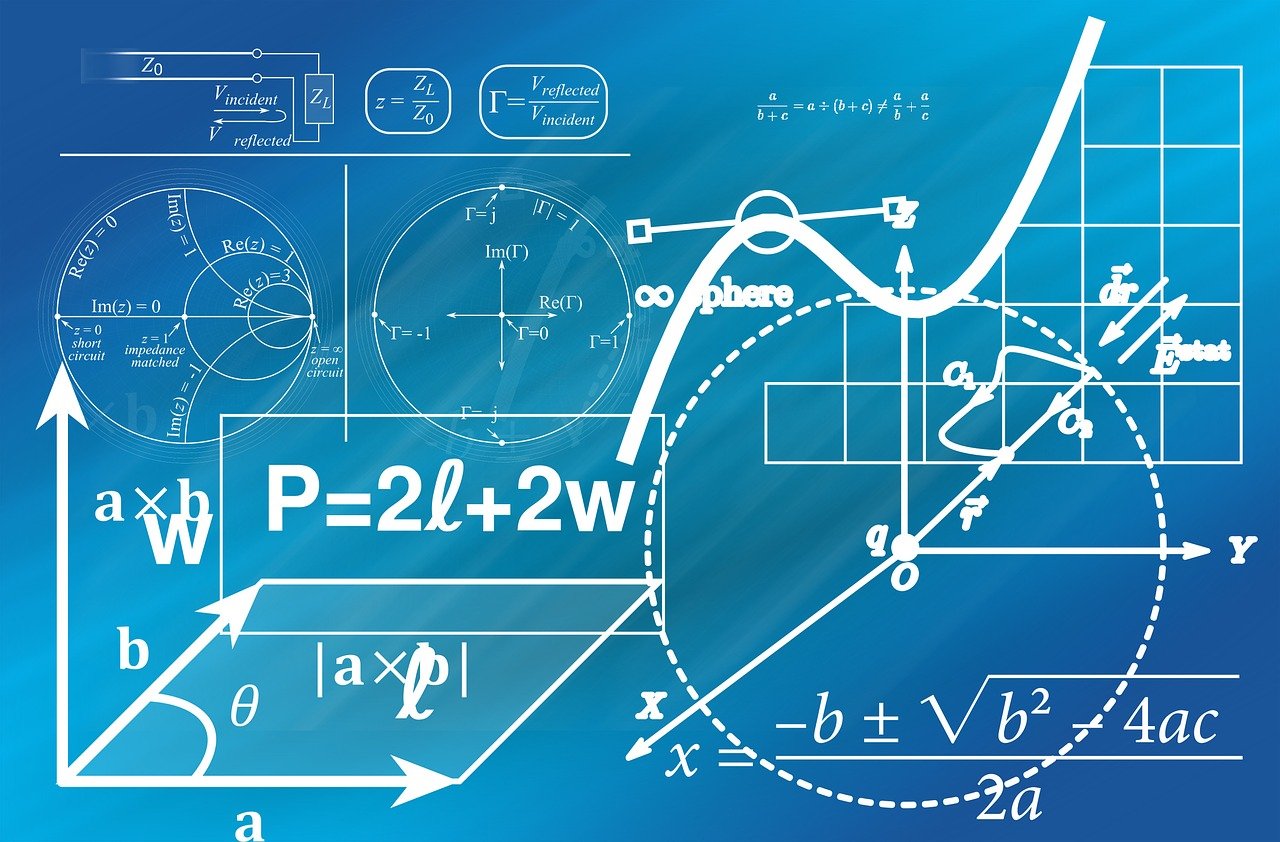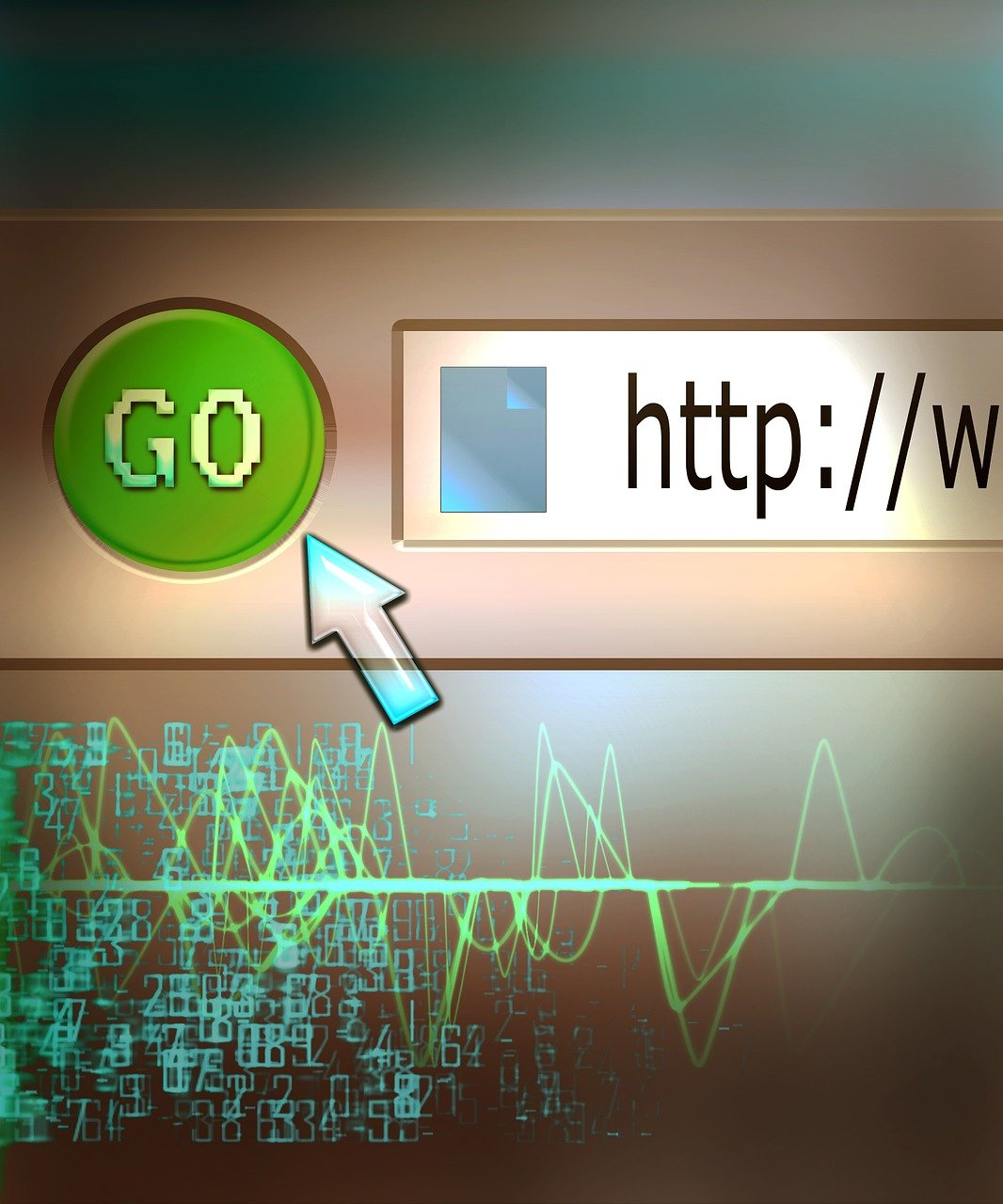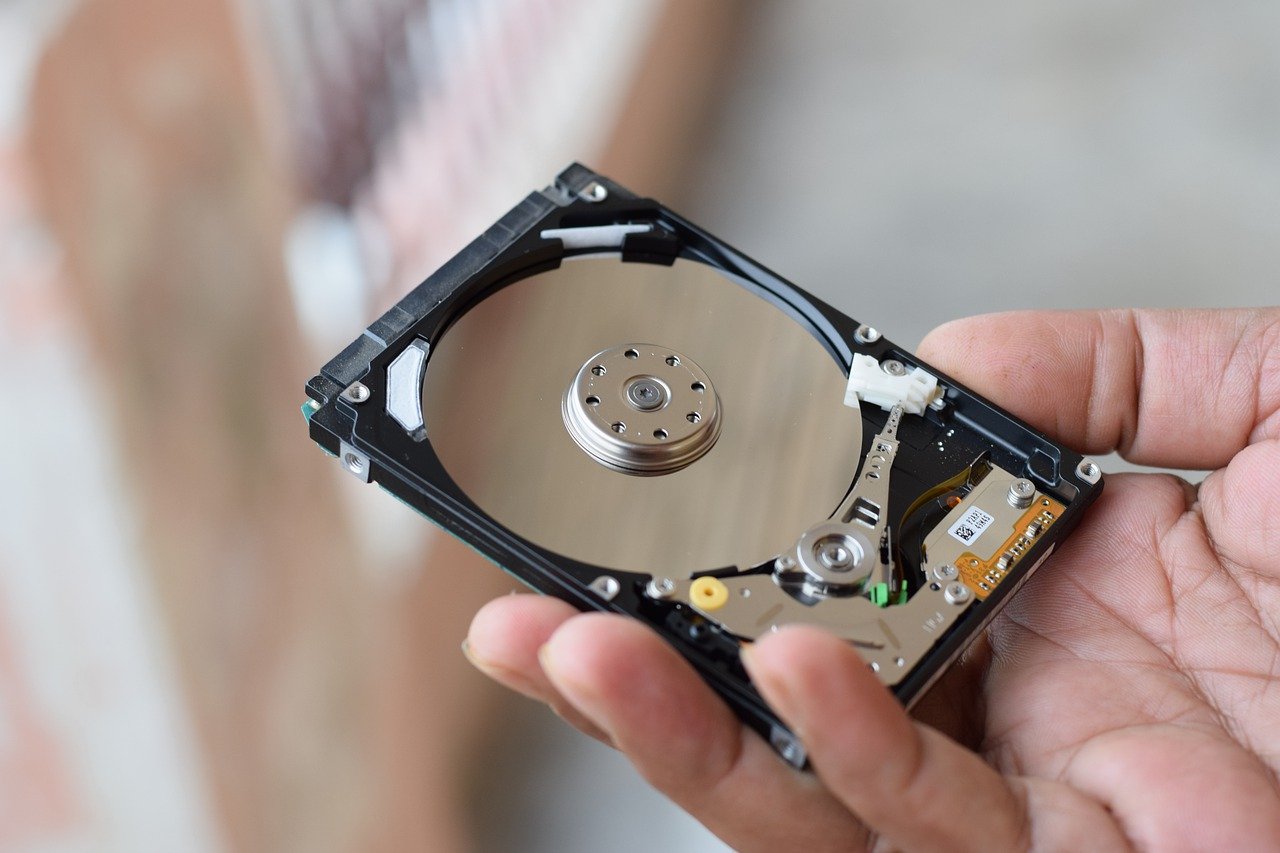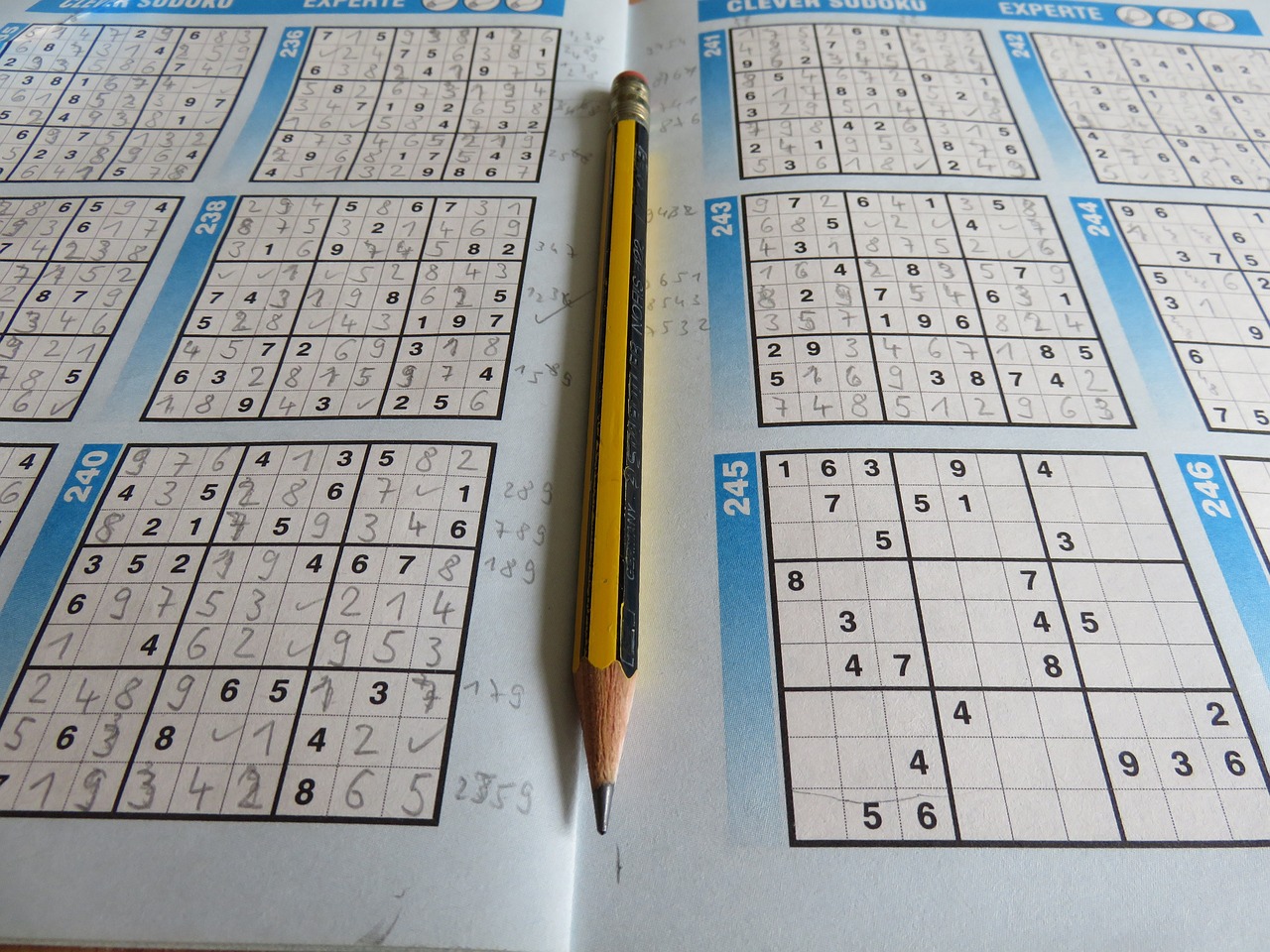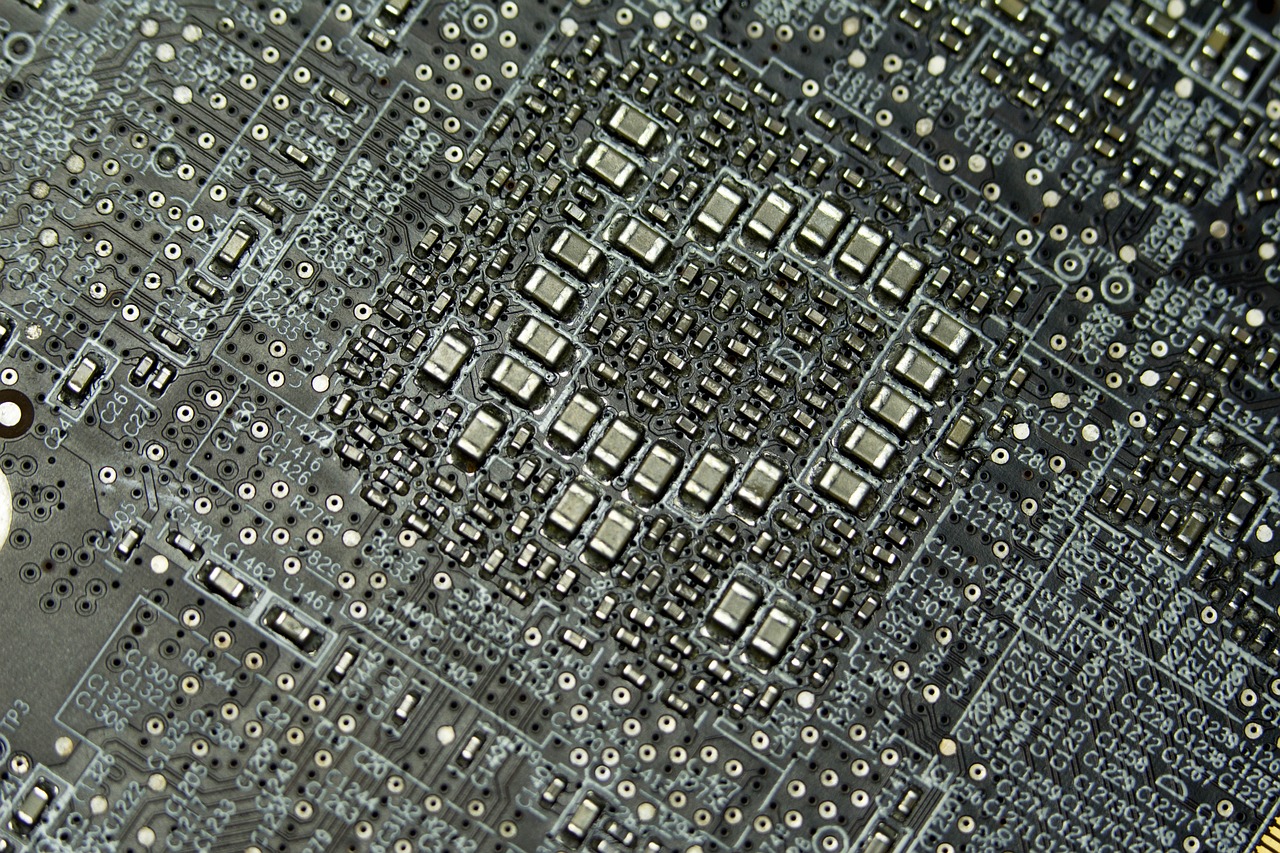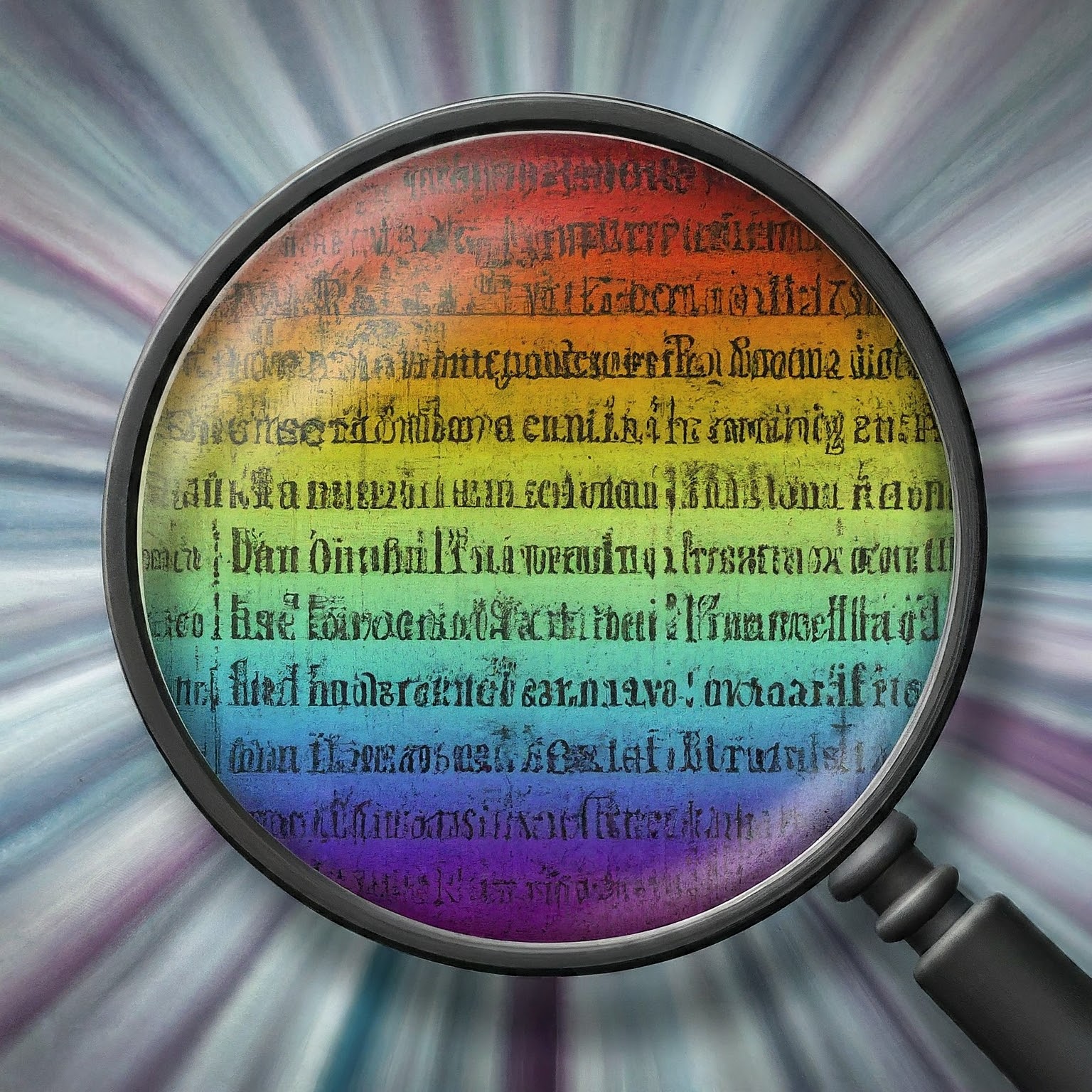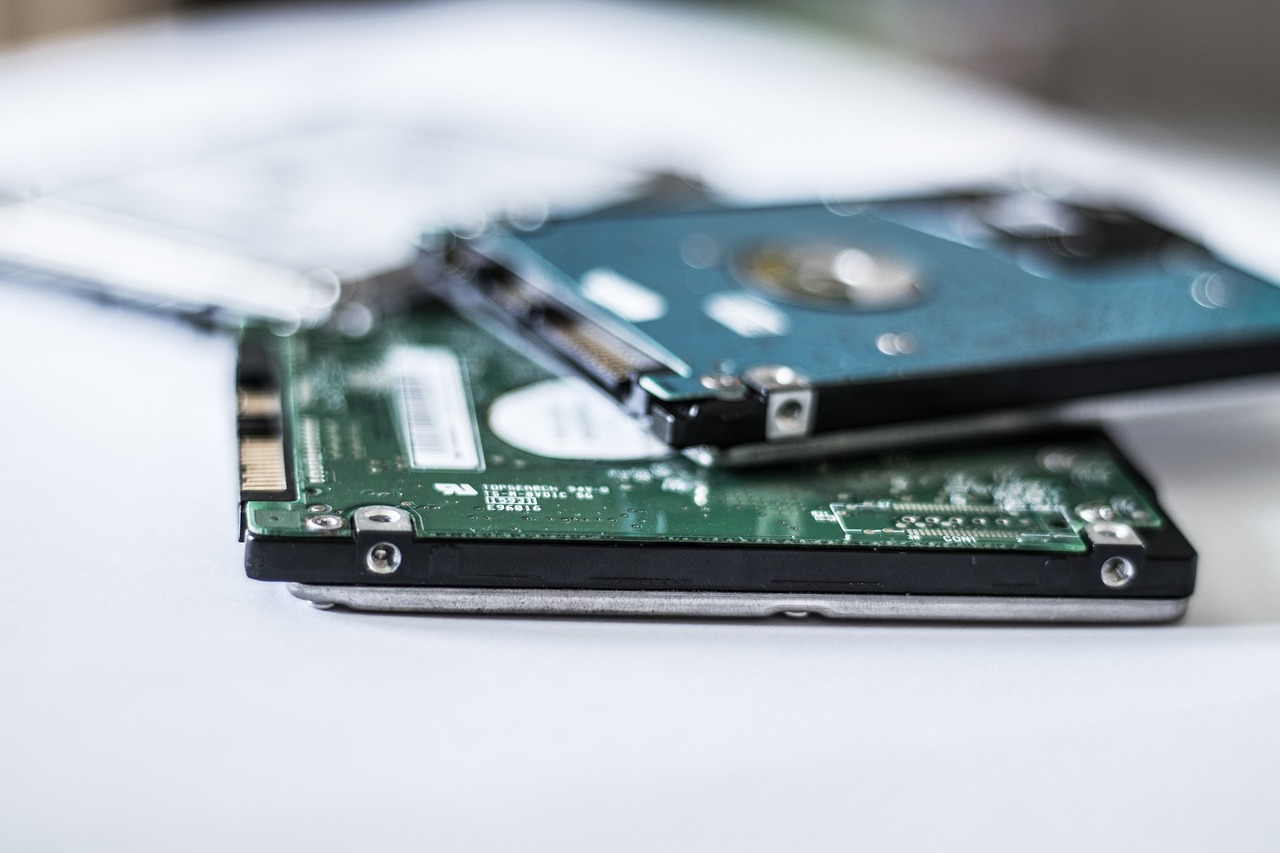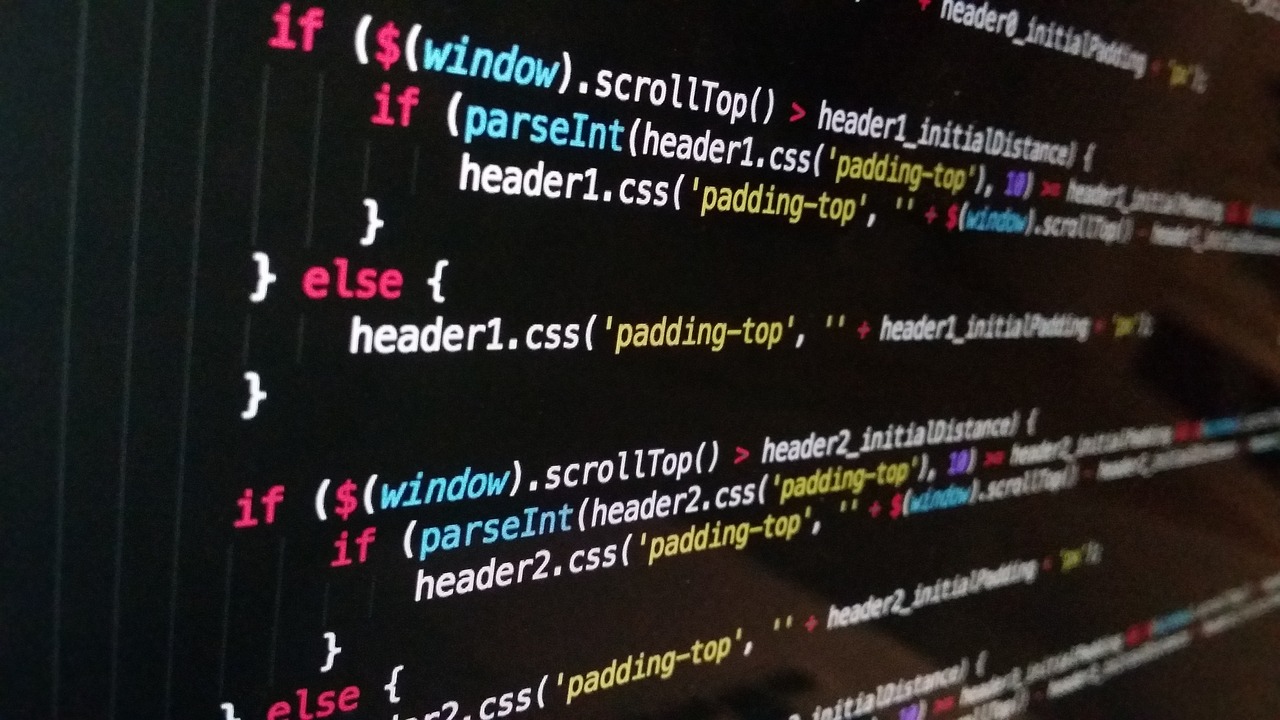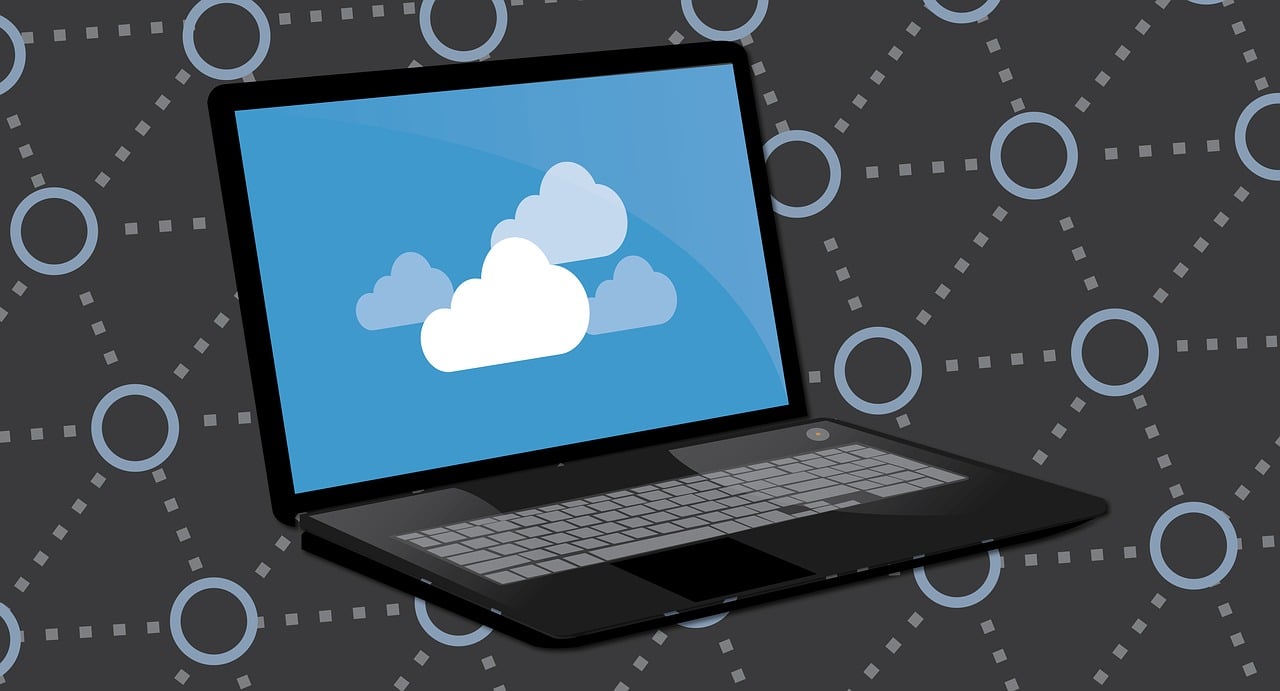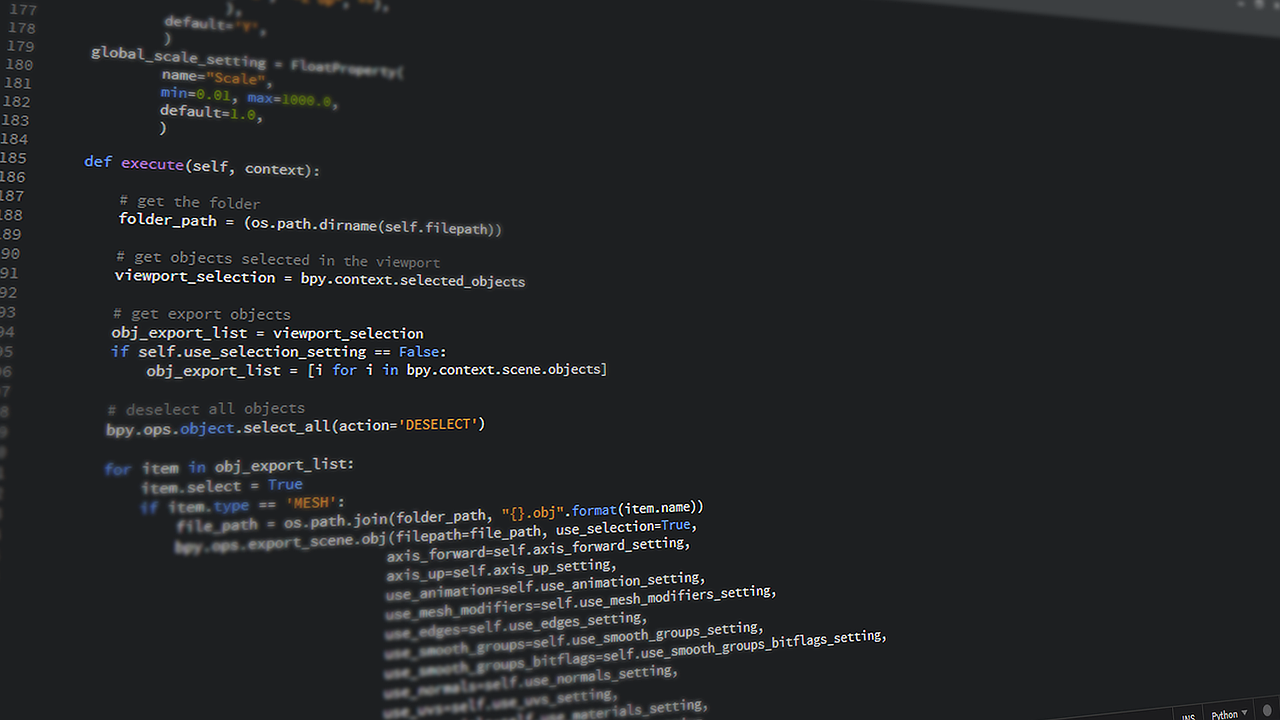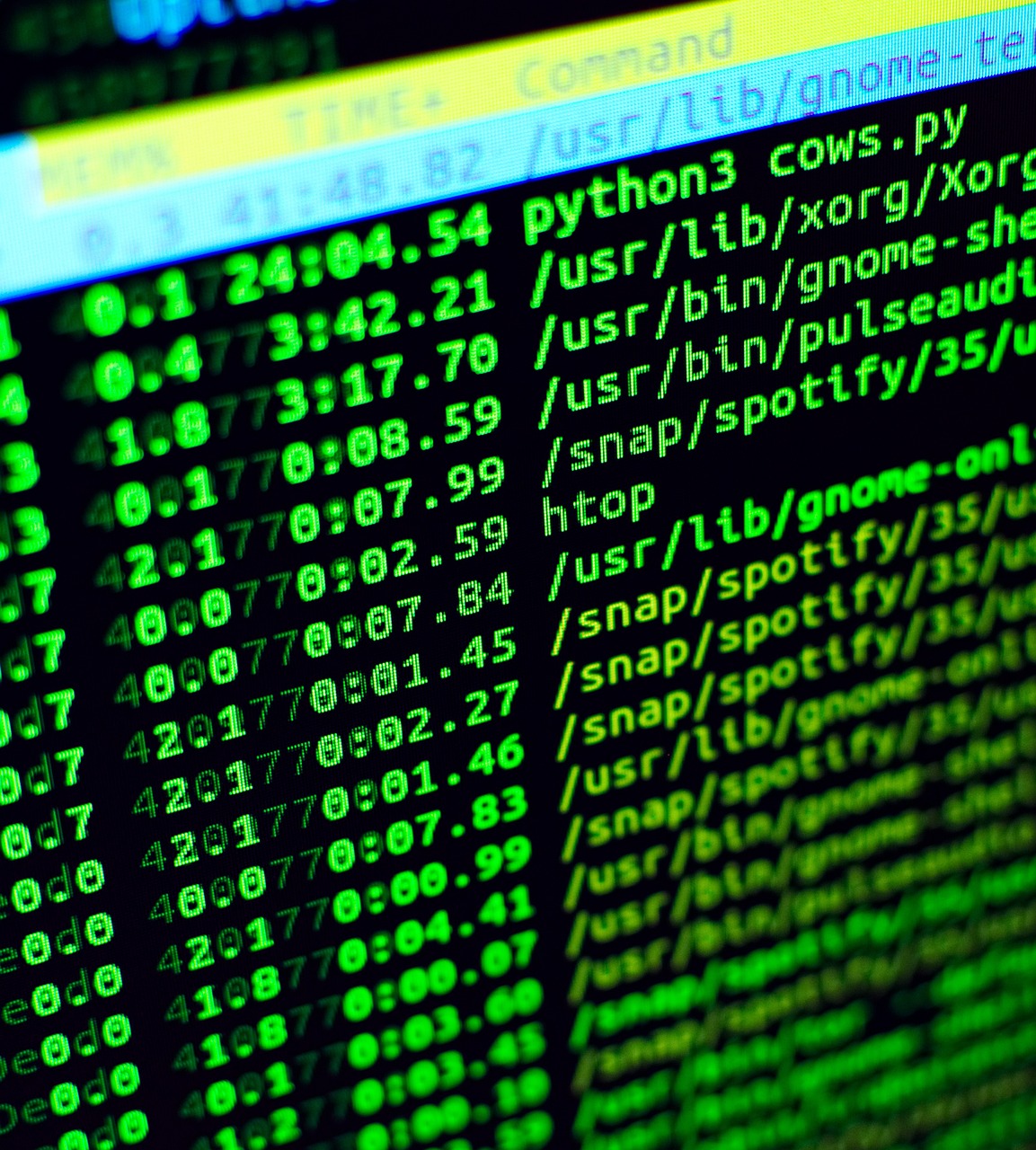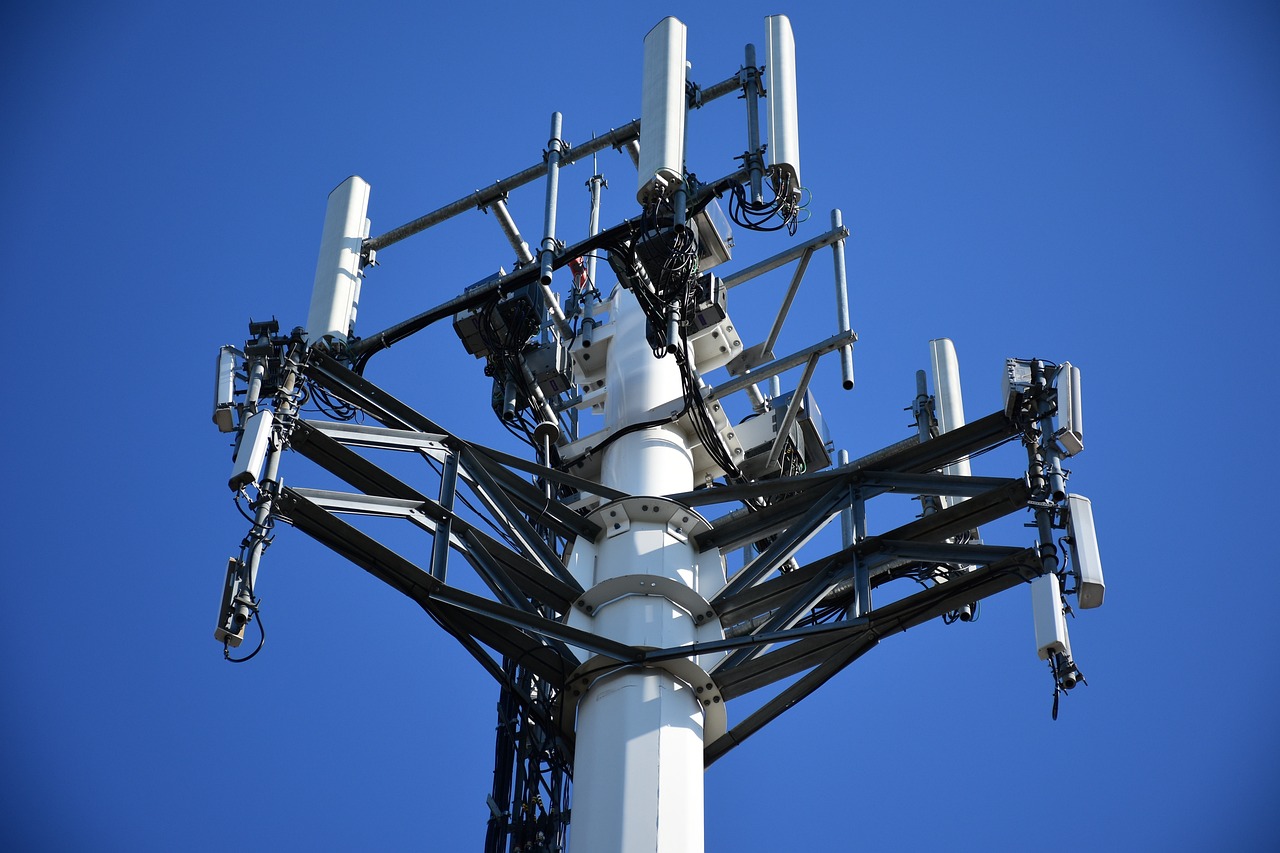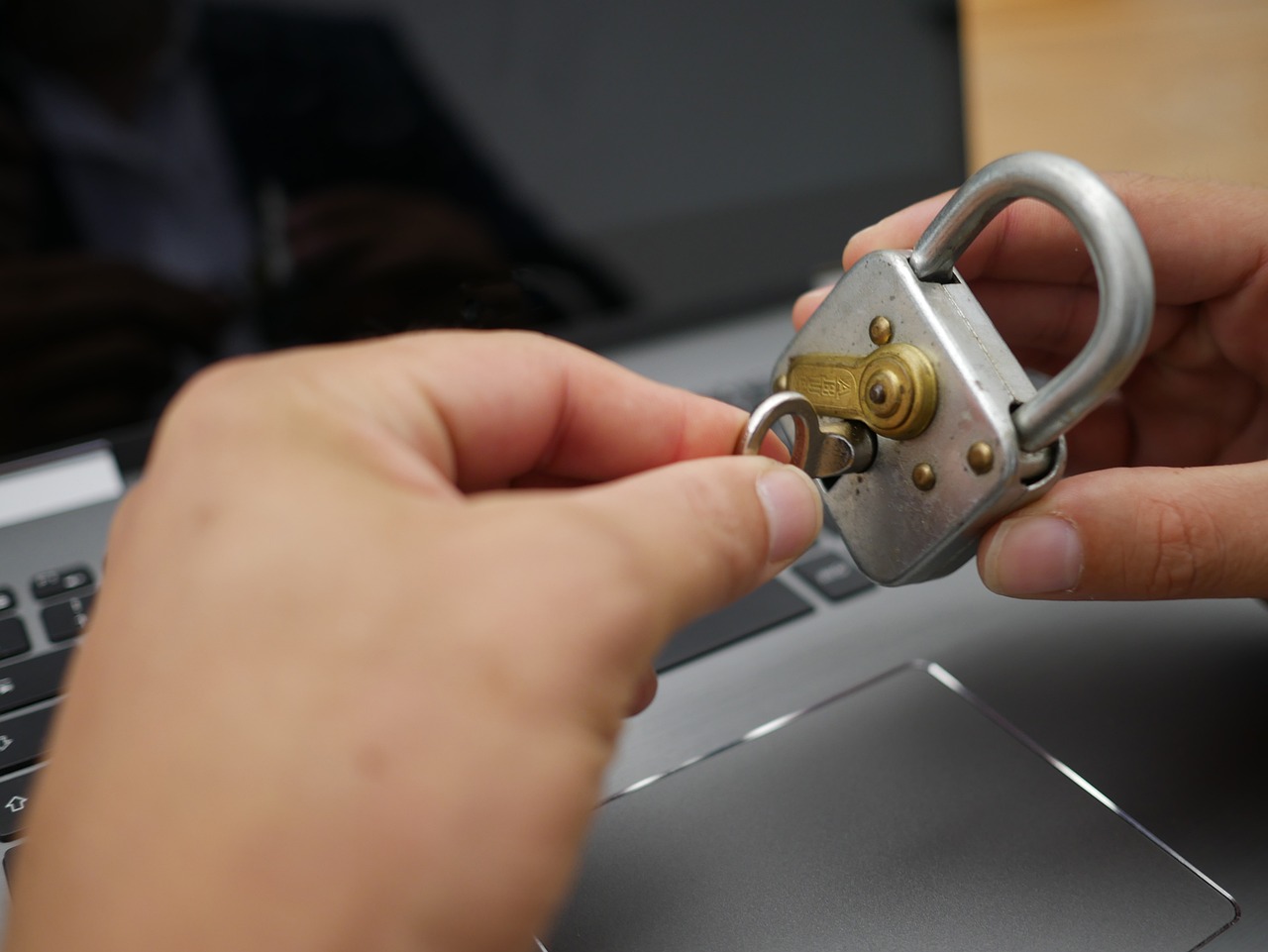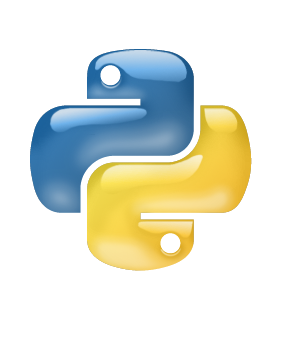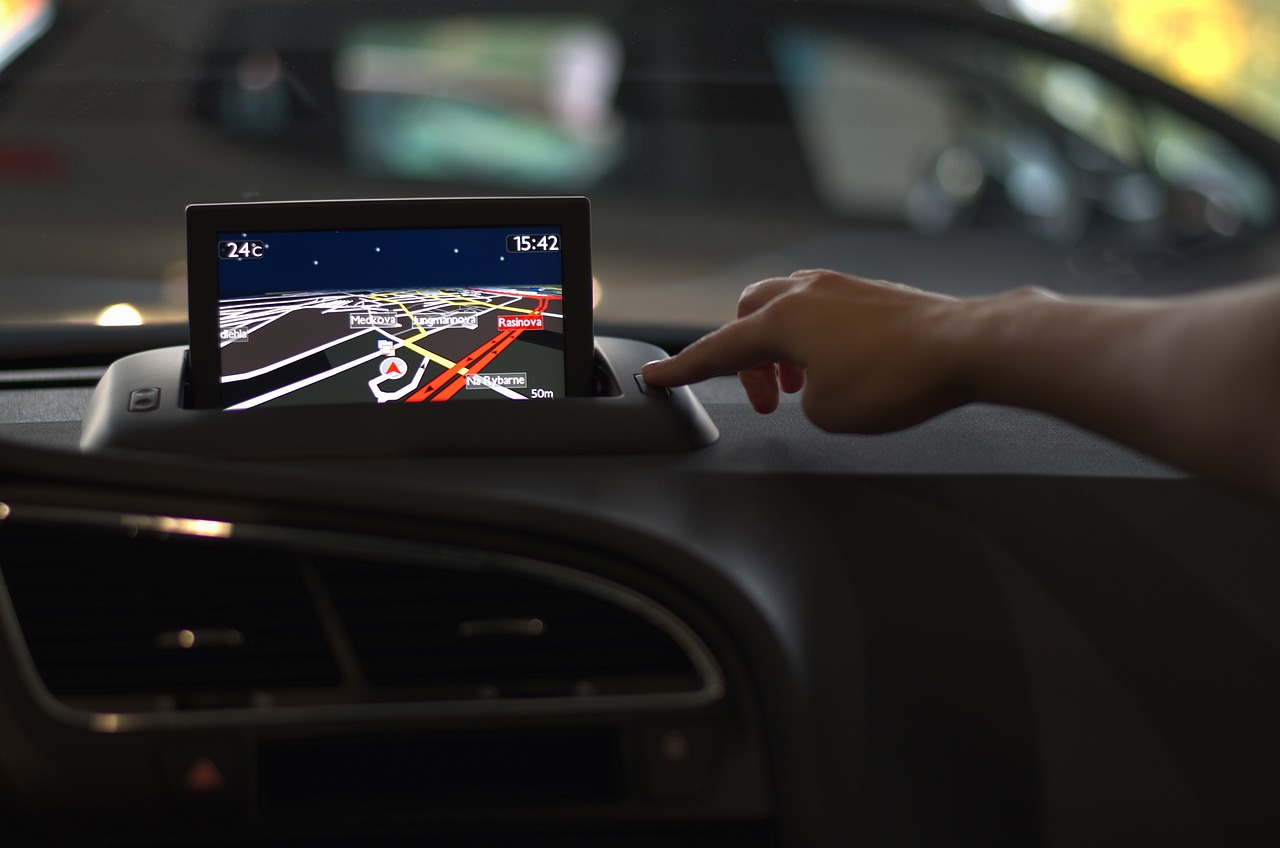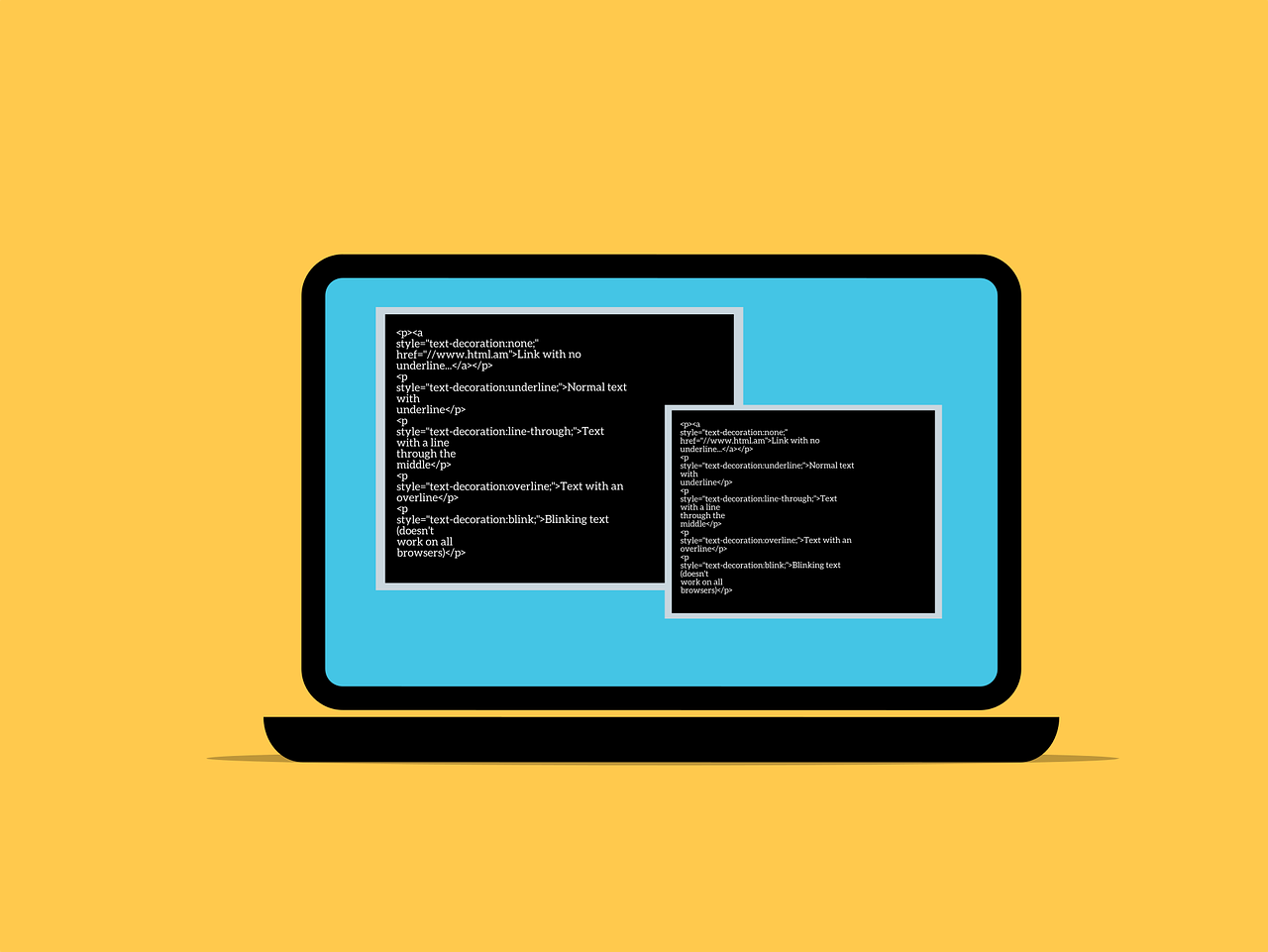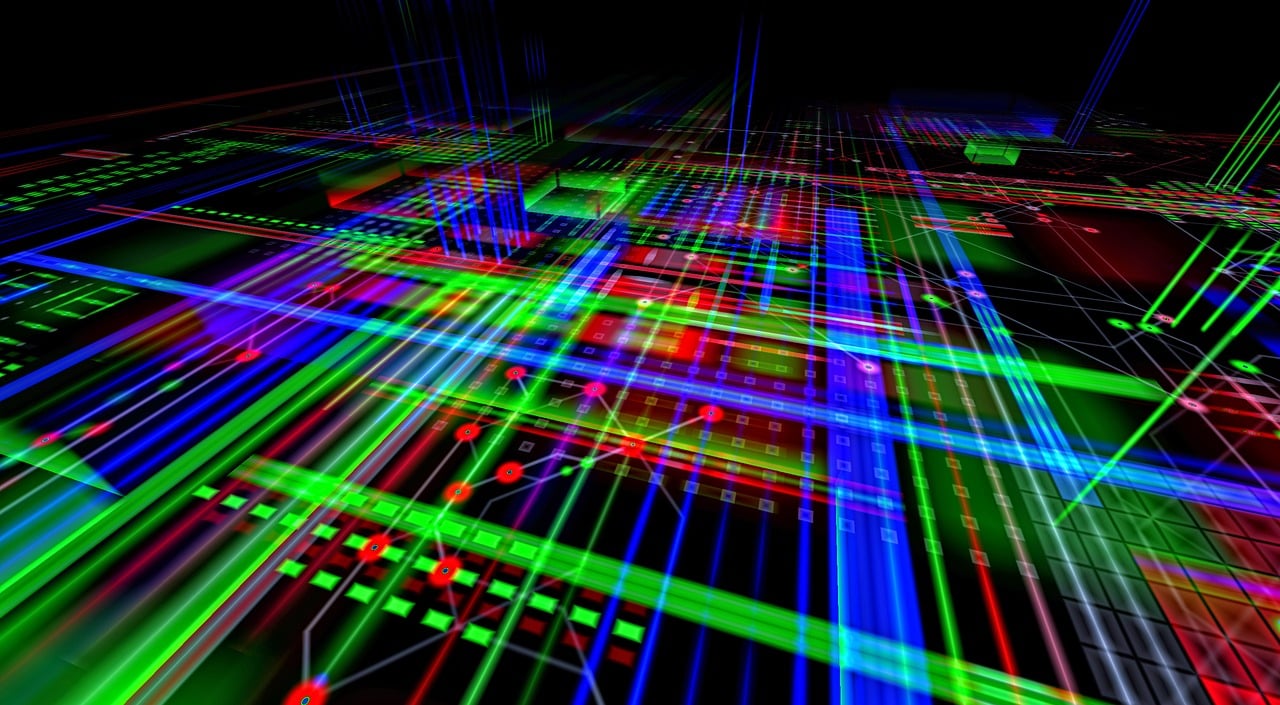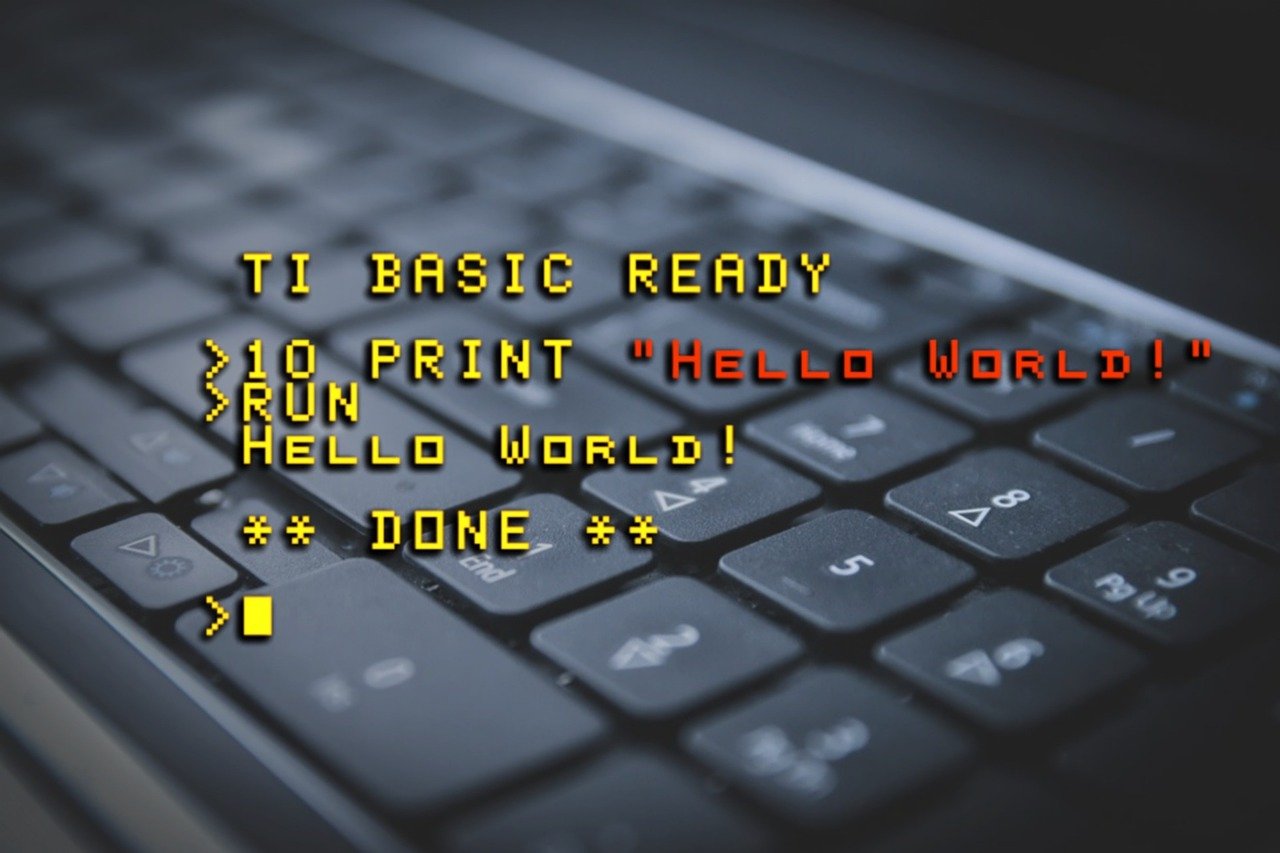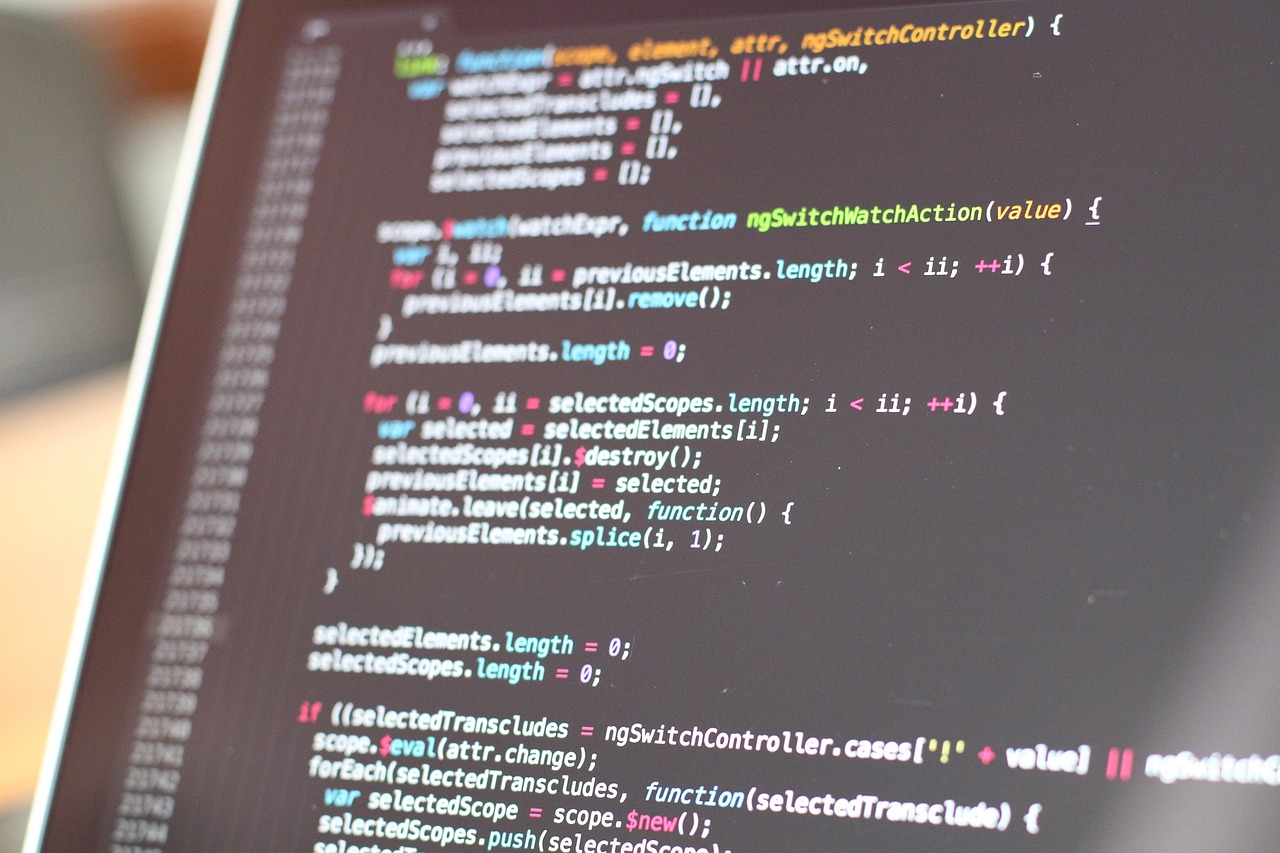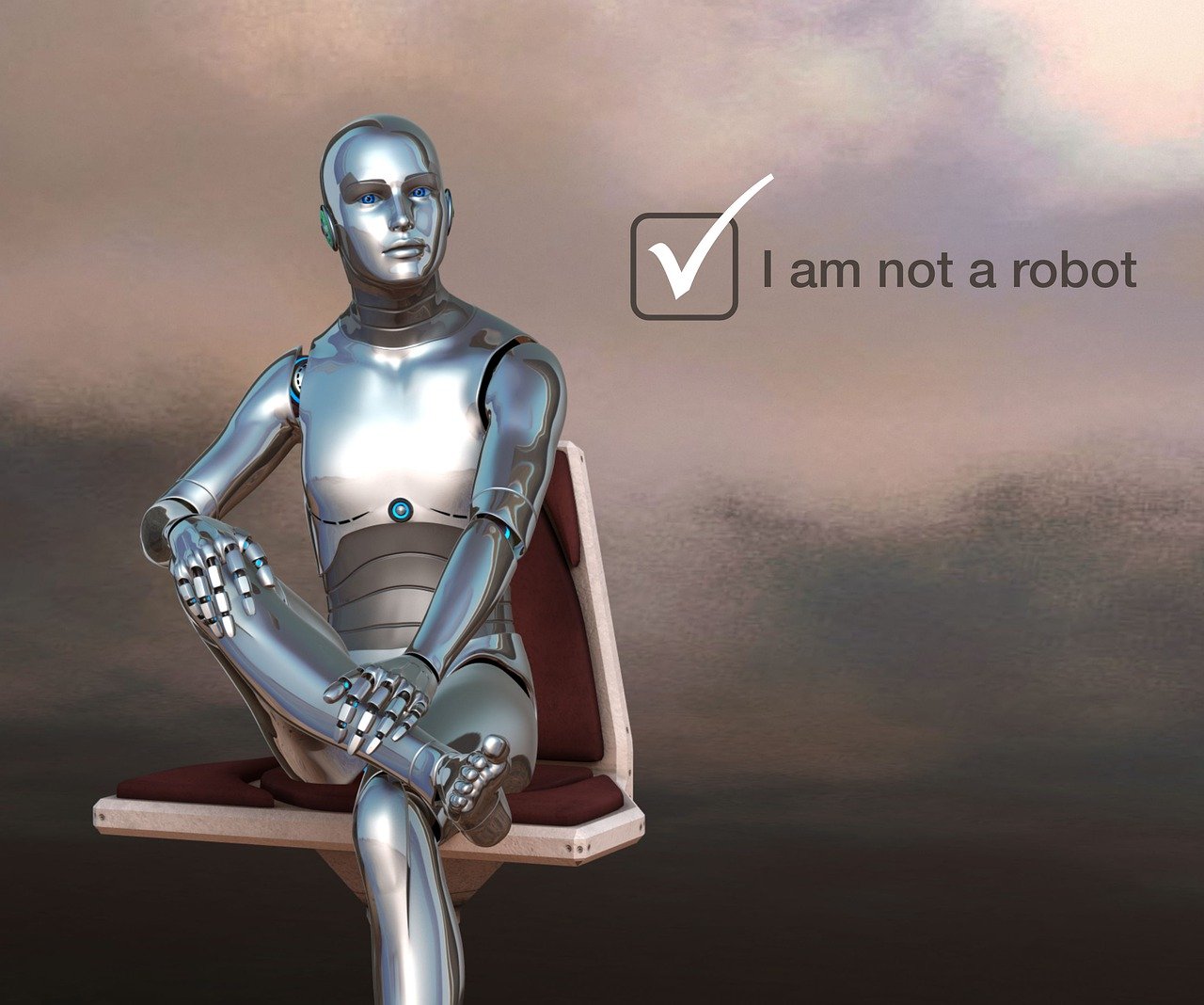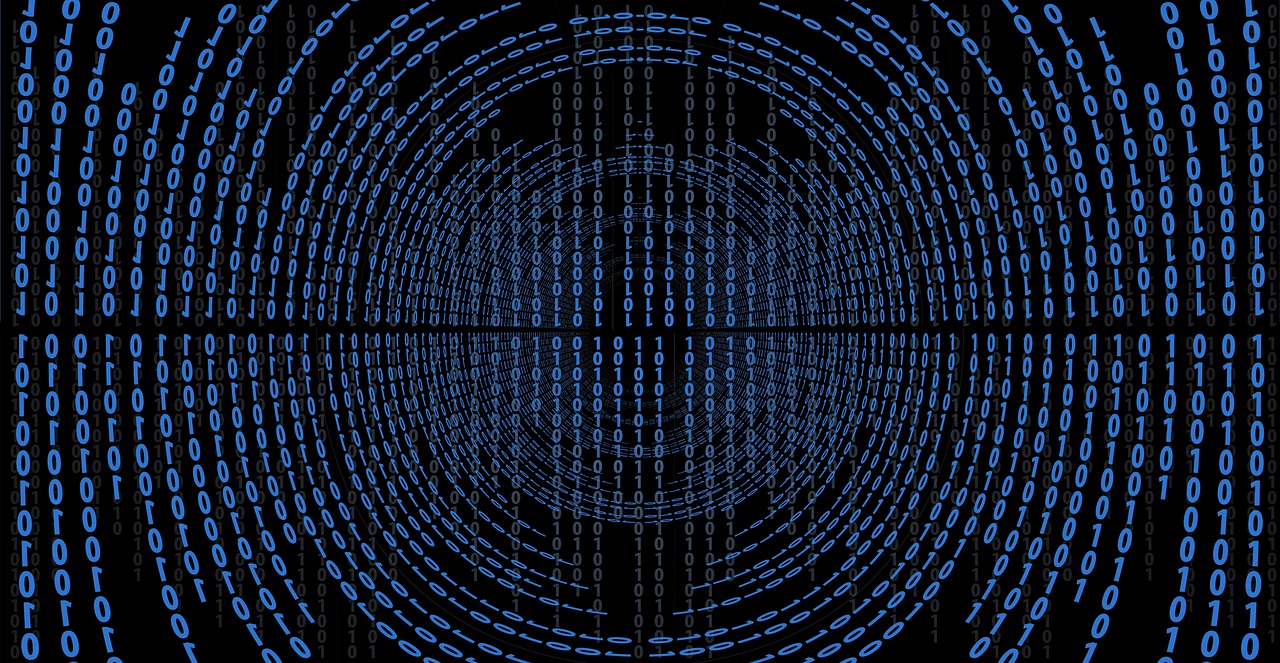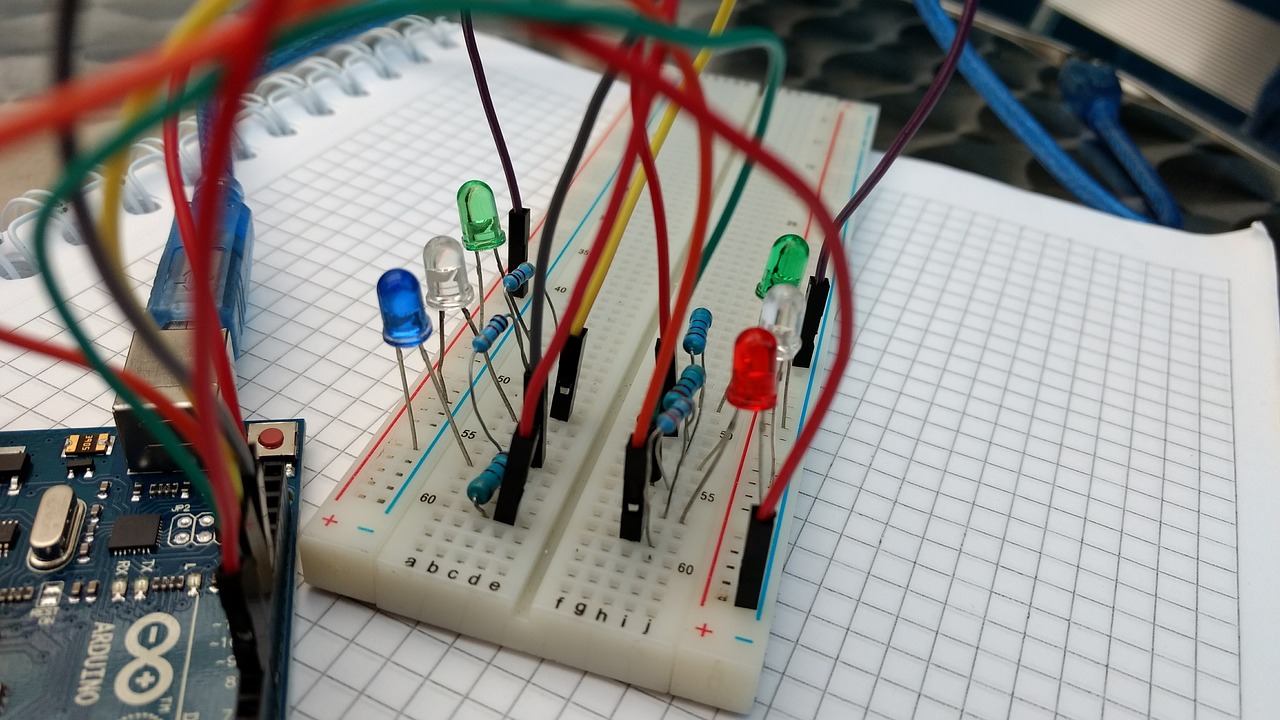Information Technology
I2C: The Workhorse of Inter-Chip Communication
In the intricate world of electronics, efficient communication between various components is paramount. Enter I2C, the Inter-Integrated Circuit protocol, a ubiquitous technology that facilitates seamless data exchange within a single circuit board. This article delves into the core functionalities and applications of I2C, making it easier to understand this foundational building block of modern electronics.
What is I2C?
Pronounced "eye-squared-see" or "eye-two-see," I2C is a serial communication protocol. Unlike parallel communication that transmits multiple data bits simultaneously, I2C transmits data one bit at a time. While this approach might seem slower, it simplifies implementation and reduces the number of required connections.
Key Characteristics of I2C:
- Multi-Master/Multi-Slave: Theoretically, multiple devices (masters) can initiate communication with other devices (slaves) on the bus. However, in most practical applications, a single master (typically a microcontroller) communicates with multiple slave devices (sensors, memory chips, etc.) on a shared bus.
- Low-Speed: I2C excels at short-distance communication within a device due to its slower data transfer rates compared to other protocols like SPI. This makes it ideal for data exchange between on-board components.
- Simple Implementation: I2C requires only two wires for data (SDA) and clock (SCL) signals. This economical approach minimizes complexity and reduces manufacturing costs.
Benefits of Using I2C:
- Reduced Pin Count: By requiring just two wires, I2C significantly minimizes the number of connections needed between devices. This simplifies board design, reduces cost, and frees up valuable pins for other functionalities.
- Easy Integration: The straightforward implementation of I2C allows for hassle-free communication between various components on a circuit board.
- Flexibility: The protocol supports the connection of multiple slave devices on the same bus, offering versatility for integrating a wide range of peripherals with a single master.
Applications of I2C:
- Sensor Interfacing: A multitude of sensors, including accelerometers, gyroscopes, temperature sensors, and pressure sensors, often leverage I2C to communicate with microcontrollers, providing valuable data for various applications.
- EEPROM Communication: Electrically Erasable Programmable Read-Only Memory (EEPROM) chips, used for data storage and retrieval, can be conveniently accessed through I2C for efficient data management.
- Real-Time Clock Control: I2C serves as a reliable interface for real-time clocks (RTCs), ensuring accurate timekeeping even during power outages.
- LCD Display Control: Many LCD displays can be controlled via I2C, enabling microcontrollers to display information, user interfaces, and data visualizations.
Conclusion:
I2C stands as a cornerstone technology in the realm of electronics. Its simplicity, low pin count, and flexibility make it a popular choice for a vast array of applications, from interfacing sensors and accessing memory to controlling displays and maintaining timekeeping. Understanding I2C is crucial for anyone involved in designing, developing, or troubleshooting electronic devices. By enabling efficient communication between various components, I2C plays a vital role in the smooth operation of countless electronic systems.
